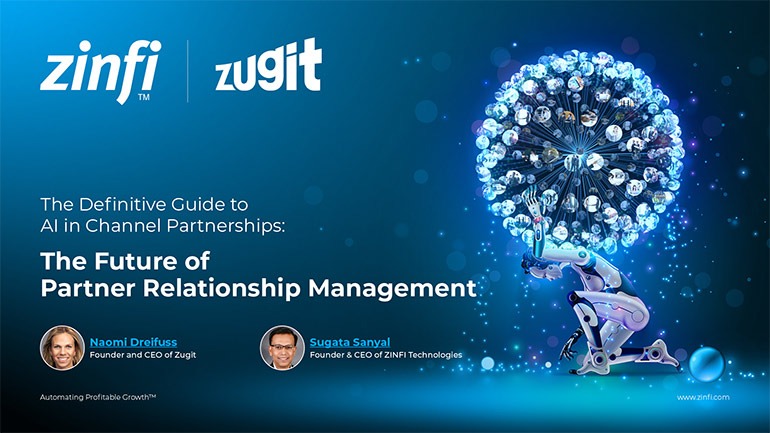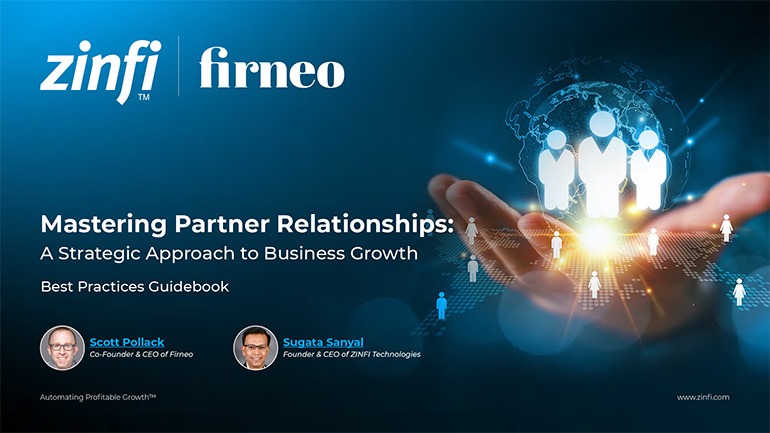The foundation of any thriving partnership ecosystem lies in a clear, well-defined strategy that addresses specific business problems and leverages partnerships as the optimal solution. Scott Pollack emphasizes that companies often jump into partnerships without first answering critical prerequisite questions, such as what value they aim to create and what unique value they can offer to partners and the broader ecosystem. This deep understanding of desired and available value is paramount for identifying ideal partners who can fill existing value gaps and contribute to mutual growth. Without this initial strategic clarity, partnership initiatives risk becoming unfocused, inefficient, and failing to deliver the expected results for all stakeholders.
A crucial aspect of this strategic phase involves internal alignment across all company departments, from executive leadership to sales, marketing, product, legal, and customer success. Before engaging with external partners, every internal stakeholder must understand the partnership's objectives, the key performance indicators (KPIs) to be tracked, and their specific roles in ensuring its success. This holistic internal agreement sets the stage for a cohesive go-to-market approach and minimizes potential friction or misalignment once partnerships are established. It ensures that the entire organization is united in its pursuit of partnership-driven value, fostering a supportive environment for channel expansion and ecosystem development.
Furthermore, understanding partner motivation is critical before initiating outreach. Researching what a potential partner seeks, their current initiatives, and even the personal KPIs of individual contacts within their organization allows for a tailored value proposition that directly resonates with their interests. Scott Pollack stresses that a "spray and pray" approach to partner outreach is inefficient and often yields low engagement. Instead, a focused, research-driven approach ensures that initial conversations are relevant, compelling, and more likely to lead to meaningful engagements that can evolve into productive, long-term channel partnerships. This targeted outreach demonstrates a clear understanding of the partner's needs and how your offering can uniquely solve their challenges, fostering stronger early connections.














